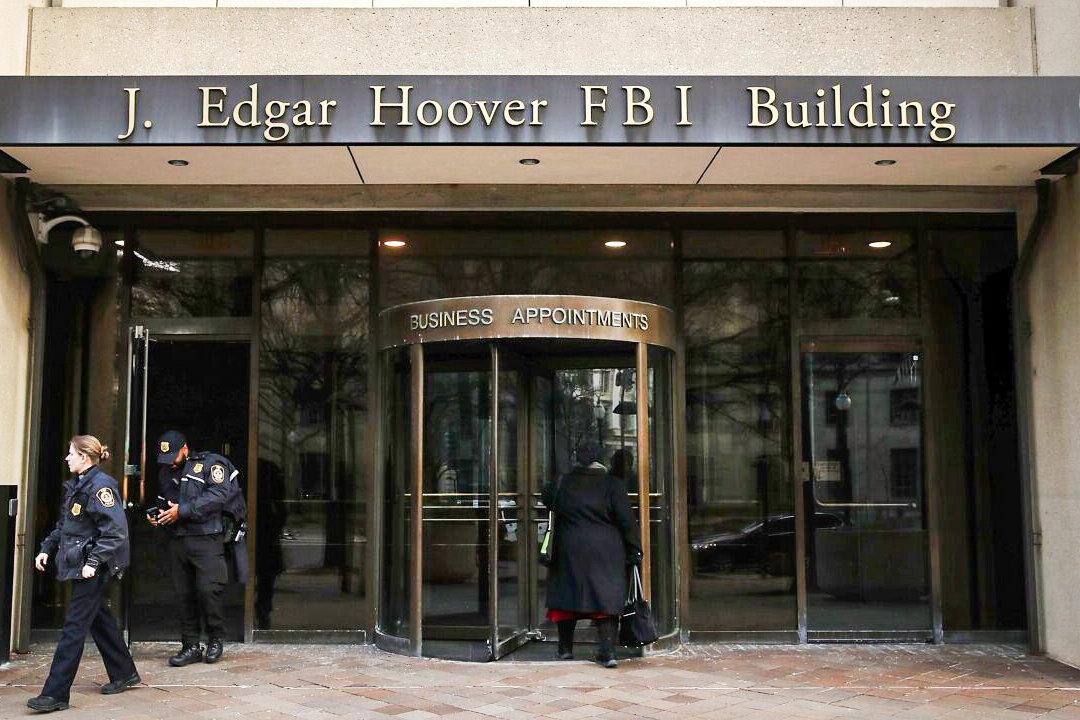The FBI code-named it Patriot Conspiracy (PATCON): a 1990s-era right-wing infiltration operation so secret its details remain largely unknown.
First revealed in heavily redacted records in 2007, PATCON entailed three undercover FBI agents operating a front group called the Veterans Aryan Movement (VAM). Posing as racist militiamen who robbed banks to fund domestic terrorism, the undercover agents spied on various right-wing organizations throughout the early ‘90s—but never contributed to any major convictions.




